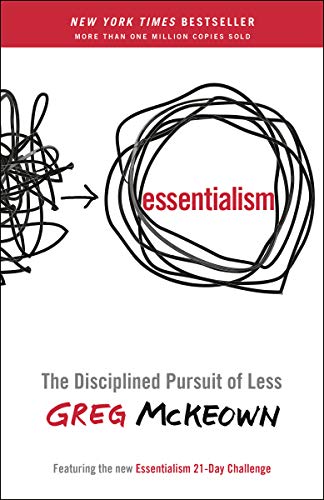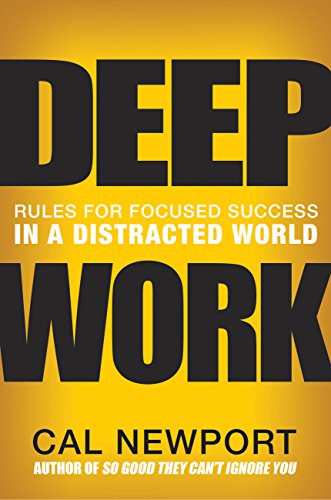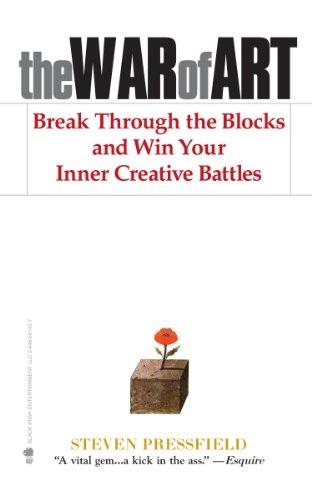Blog Short #91: What to Do When You Feel Stuck

Photo by georgeclerk, Courtesy of iStock Photos
Life is rarely a smooth road. Sometimes things go how you want them to, and other times you hit significant obstacles and feel stuck. You feel stalled.
Getting stuck can be temporary but can also extend out in time and create a chasm that feels insurmountable. This kind of “stuck” requires some effort to change. You can’t just wait it out.
How do you turn that around?
I could tell you to pull yourself up by the bootstraps, as my parents (and their whole generation) might have said to me if I were stuck, but I don’t think that’s too helpful. It helps to break up the feeling of helplessness first, which isn’t always easy.
To do that, it’s best to take small, consistent steps to generate energy and momentum while lifting your emotions and putting you back in the driver’s seat.
Here are the steps I’d suggest you try.
Step #1: Describe the problem in detail.
What exactly is it that you wish to be different? Get very specific. Visualize it and write it out. What would your life look like if you could change your circumstances right now? As you do this exercise, prioritize the changes you’d like to see. What’s at the top of your list?
Step #2: Identify the barriers between what you want and where you are.
This one’s a little trickier. It helps to divide your barriers into two groups:
- External barriers
- Internal barriers
External barriers pertain to things in your environment. Possibilities are your job, relationships, finances, where you live, health, etc. You exert some control over these areas, but other factors and people also have input.
Internal barriers are under your control. They include emotional baggage leftover from your upbringing, stories you tell yourself about you and your circumstances, mental health issues, habits, subconscious messages you project that others pick up on, and self-doubt.
You must identify the barriers in both categories to make any change in your life.
Most people are reasonably good at identifying the external barriers but give less thought to the internal ones, which keeps them stuck. The internal barriers are more powerful, but fortunately, you can remove them.
Step #3: Start by identifying your internal barriers.
The stories you tell yourself about your external circumstances can have more power than the circumstances themselves, and it’s essential to become aware of your narratives and evaluate how they’re influencing your actions or, in some cases, lack of action. In what ways are these stories keeping you stuck and holding you hostage?
Start by doing some deep thinking and making a list of the internal barriers holding you back. Here are some possibilities to get you started.
1. Dysfunctional Habits.
What habits do you have that zap your energy and keep you from taking action?
2. Messages you project.
You might be projecting messages to others about yourself that they, in turn, feed back to you.
This one’s not easy, but it’s important. If you find yourself without friends, for example, what are you telling yourself about this? You might blame others and think they don’t appreciate you for who you are. Or, conversely, you might have grown up as an only child and spent a lot of time alone and now subconsciously send the message that you’re not available. Or maybe you’re projecting depression and neediness.
What messages do you project? Who do you present when you’re out there?
The best way to get at this one is to identify what you don’t like about how others treat you and then ask yourself what you might be doing to perpetuate that treatment. This isn’t about blaming yourself but rather figuring out what’s in the way of what you want.
It’s also essential to evaluate how you see yourself. Because that evaluation is subconsciously communicated to people you interact with, and they will inevitably mirror it right back.
3. Victim consciousness.
If you grew up being victimized, you might hang on to past experiences and blame your current circumstances on them. You facilitate repetitive experiences by maintaining a picture of yourself as a victim right now. You see what’s going on now as something out of your control.
4. All-or-nothing thinking.
This one’s a killer. If you can’t see how to change the entire picture, you won’t take any action because it won’t take you to the finish line. Things don’t work this way. Change is incremental. It’s one step at a time. Let go of the all-or-nothing mindset, and along with that, throw out perfectionism with it. They feed off each other.
Step #3 – Take action.
Start by identifying your strengths.
What do you have right now that will be an asset to meet your goal?
If you’ve done the above exercise, the first strength you can list is your ability to be honest with yourself and make use of insight. That’s a biggie! You can use it throughout the process.
List any skills that will help, habits you already have, and talents you might use.
Next, choose a specific action you can take that will begin moving you in the right direction.
You’ll note that I didn’t tell you to make a master plan of everything you need to do to change your situation. That’s on purpose. Master plans are overwhelming. If you could use those, you would already have done that and wouldn’t be reading this article.
Start with a single, small, concrete action.
Choose something you can do that doesn’t rely on someone else’s participation. That’s important because waiting on another person to make a decision or help change something will keep you stuck.
If you want to declutter your house, choose one specific thing you can get rid of and do that. Clean out your closet, but not your spouse’s stuff. Work on decluttering any part of the house you can with no one else’s input.
If you want a new career, evaluate what skills you need to acquire and start with one online course.
If you want to improve your health, start with walking 15 minutes per day, five days a week. Make it fun by listening to music while you do it.
If you want more friends, consider joining a group of some sort doing something you like where you’ll meet like-minded people: a church group, book club, exercise class at your gym, writing, cooking class – anything that will put you in contact with other people while doing something fun. It’s easier to make friends around an activity than at social events.
Do one thing at a time.
Pick something and do it. Don’t worry about whether it will get you to your big vision.
What happens when you take some small action and keep taking small steps is that the bigger problem breaks down, and unforeseen changes help you along the way.
It’s like driving in the fog. Just keep going even though you can’t see the destination. The way will clear as you go, your momentum will pick up, and you’ll make headway.
While doing this, set up three check-ins with yourself each day. Put them on your calendar if you like, and make it the same time every day. During these check-ins, correct any negative stories you’re telling yourself, review your progress, and reset your mindset if necessary.
One last thing.
If feeling stuck has to do with relationship issues, and you don’t feel that whoever’s involved is interested in making changes, then seek some counseling yourself. Get some help sorting through what’s keeping you stuck and what you might do to change this. If the relationship is toxic, by all means, do this.
That’s all for today.
Have a great week!
All my best,
Barbara





 Atomic Habits is one of the most valuable books I’ve ever read, and I return to it often to remind myself of the steps that lead to creating and instilling new habits permanently. Clear begins with three ideas that run throughout the book:
Atomic Habits is one of the most valuable books I’ve ever read, and I return to it often to remind myself of the steps that lead to creating and instilling new habits permanently. Clear begins with three ideas that run throughout the book: I’m great at starting but not so great at finishing. If that rings a bell for you, you’ll love this book!
I’m great at starting but not so great at finishing. If that rings a bell for you, you’ll love this book! There are some books everyone should read, and this one falls into that category. Greg McKeown presents a complete system and methodology for cleaning out life’s input and narrowing your focus down to what’s essential. He’s the Marie Kondo for decluttering your emotional home.
There are some books everyone should read, and this one falls into that category. Greg McKeown presents a complete system and methodology for cleaning out life’s input and narrowing your focus down to what’s essential. He’s the Marie Kondo for decluttering your emotional home. Deep Work is the book to read if you have work that requires intensive brain power and concentration. Newport starts by making a distinction between “deep work” and “shallow work.”
Deep Work is the book to read if you have work that requires intensive brain power and concentration. Newport starts by making a distinction between “deep work” and “shallow work.” These last two books on my list deal with resistance. The War of Art is one of those must-read books on the list for anyone who is or has tried to pursue a goal requiring sustained, engaged, creative effort.
These last two books on my list deal with resistance. The War of Art is one of those must-read books on the list for anyone who is or has tried to pursue a goal requiring sustained, engaged, creative effort. Grit’s been on the New York Times bestseller list forever, and that’s because it’s a textbook for finding and growing passion for work through perseverance and commitment. Duckworth makes an important distinction between talent and grit and focuses on grit as the most necessary ingredient for success in any endeavor.
Grit’s been on the New York Times bestseller list forever, and that’s because it’s a textbook for finding and growing passion for work through perseverance and commitment. Duckworth makes an important distinction between talent and grit and focuses on grit as the most necessary ingredient for success in any endeavor.


